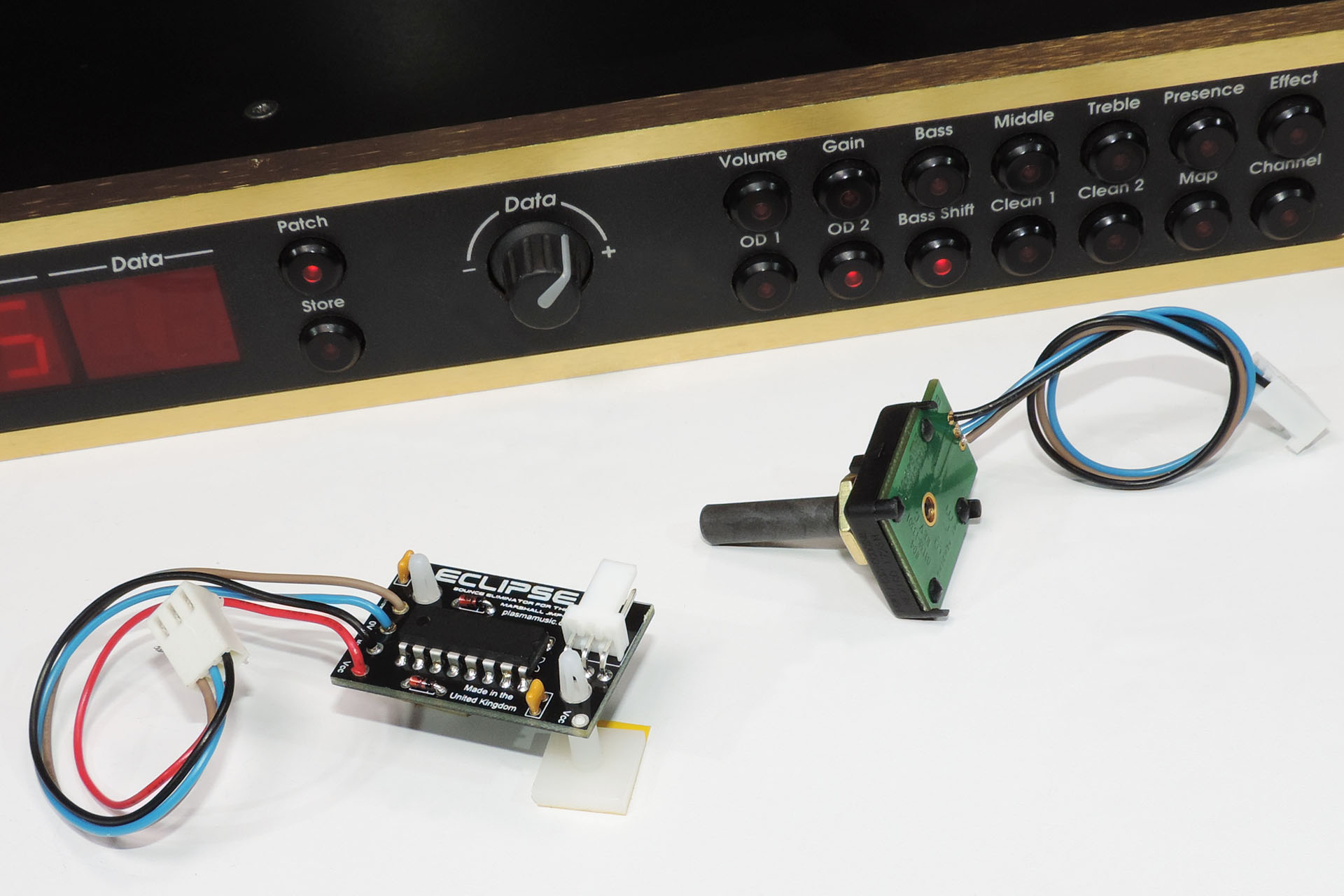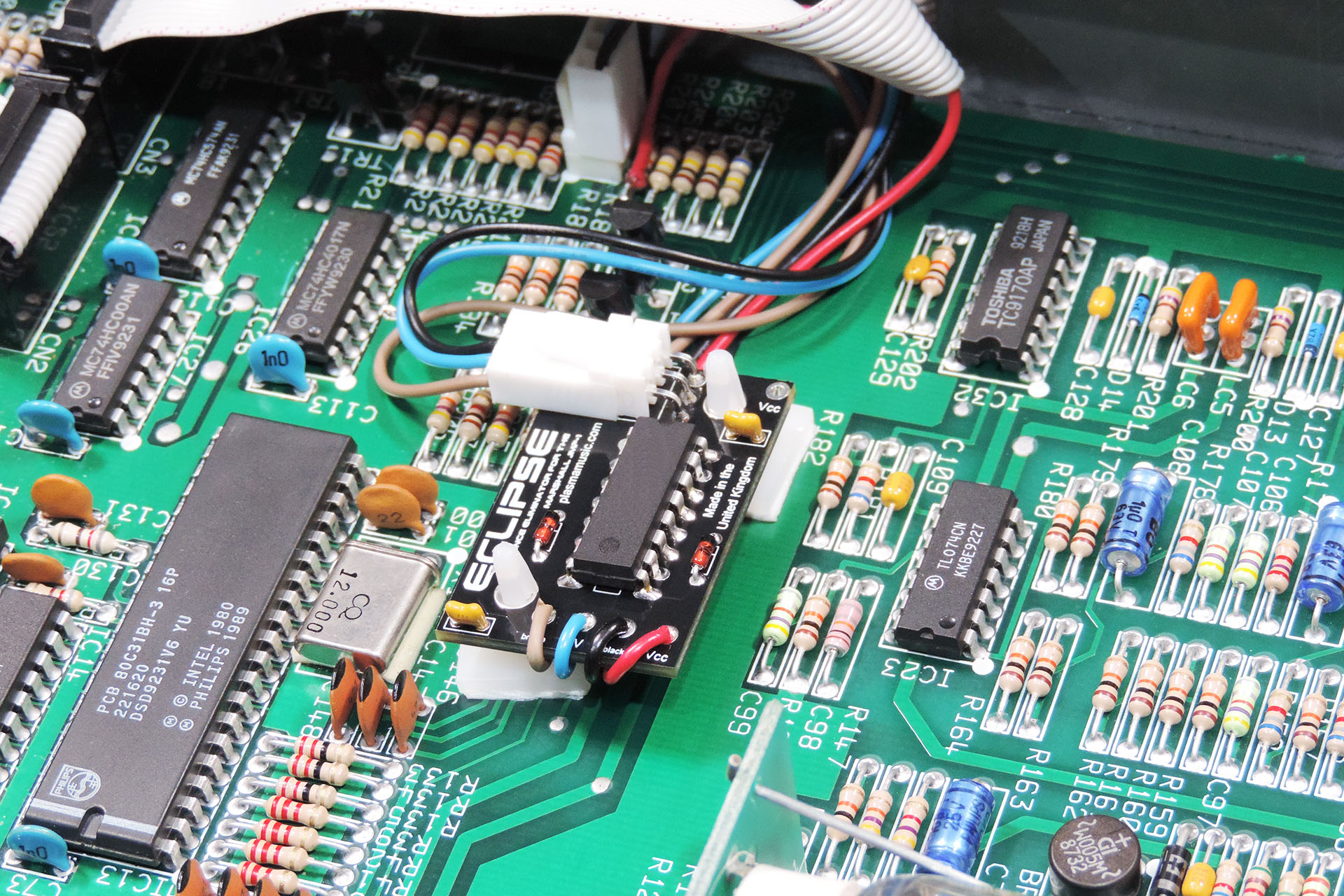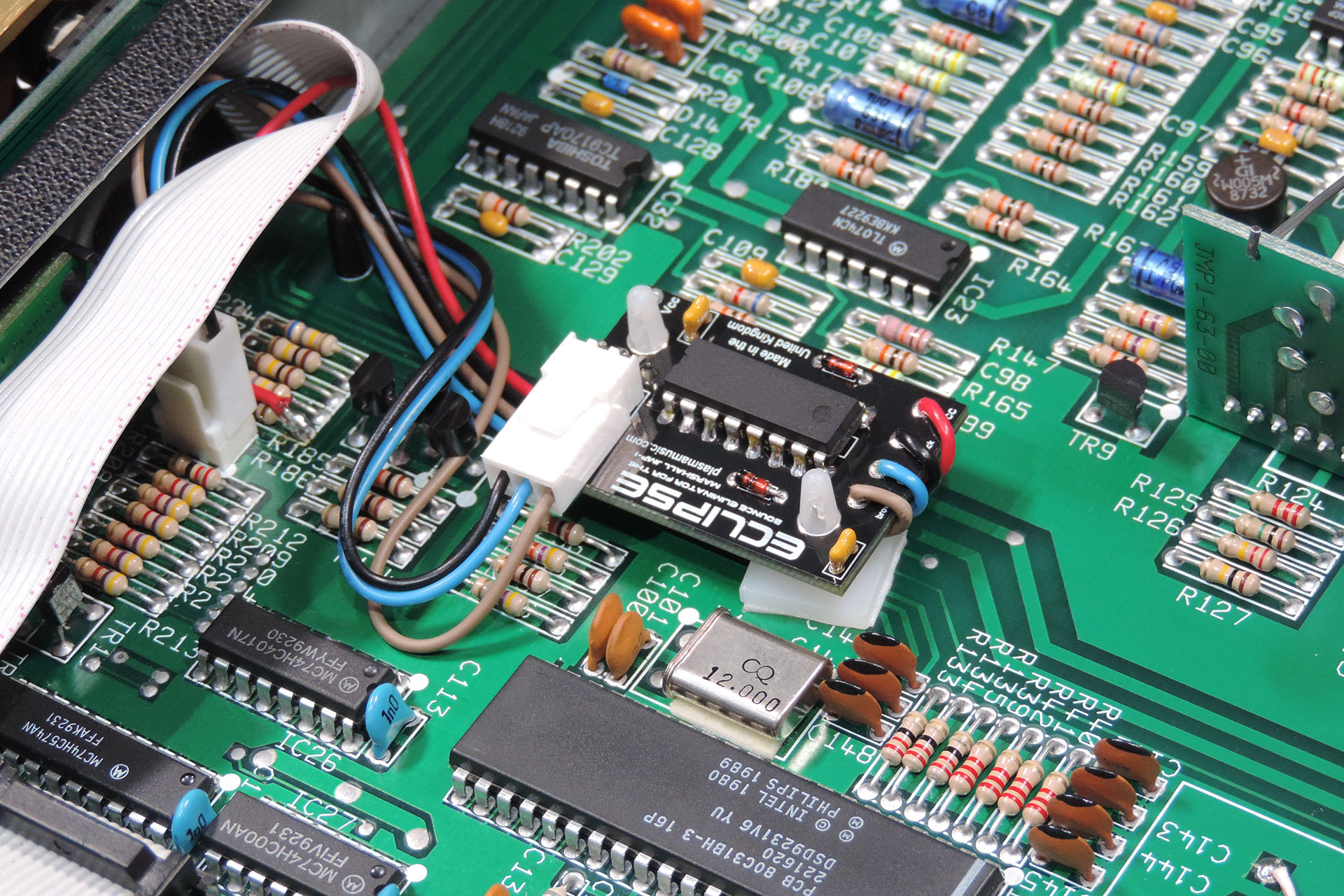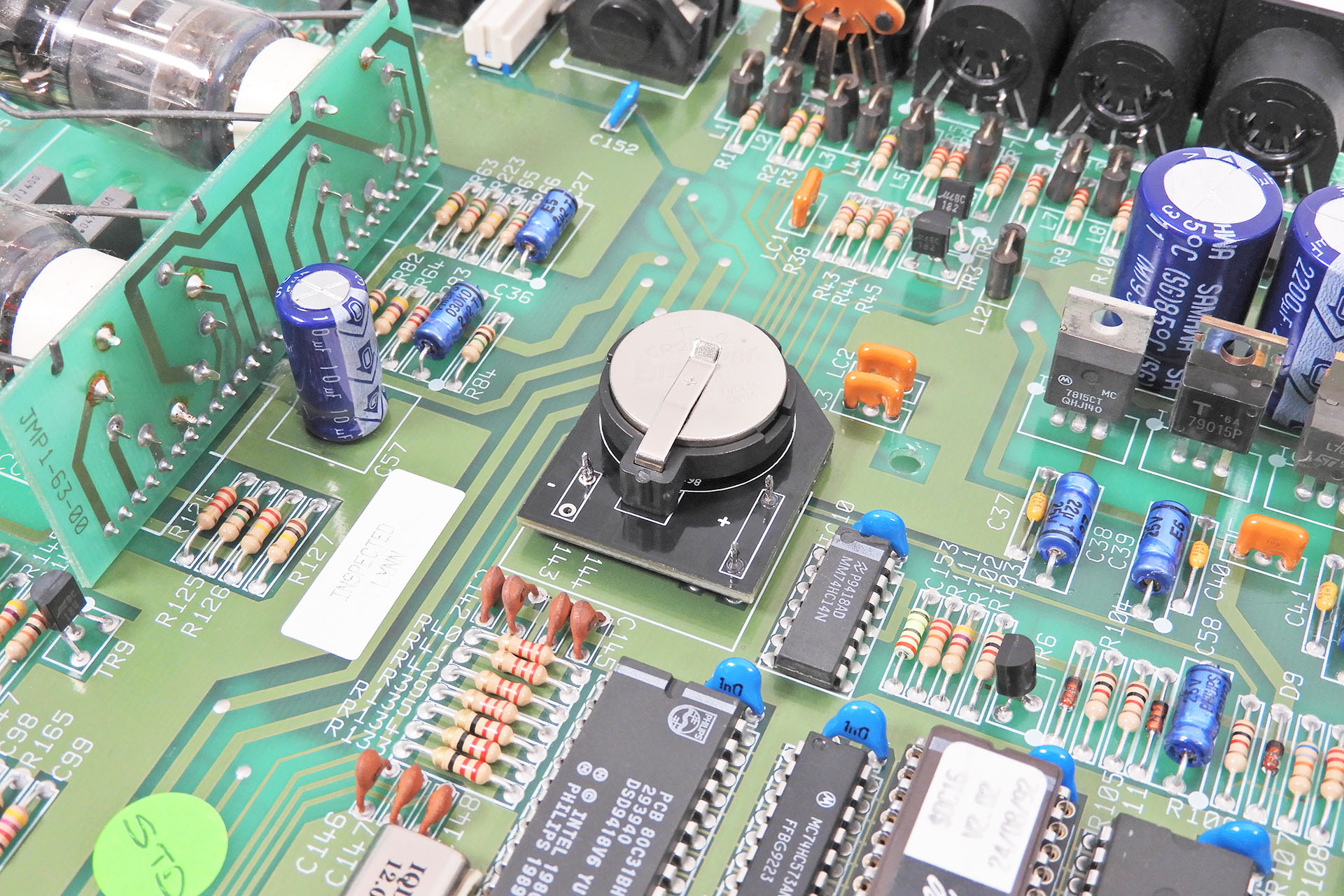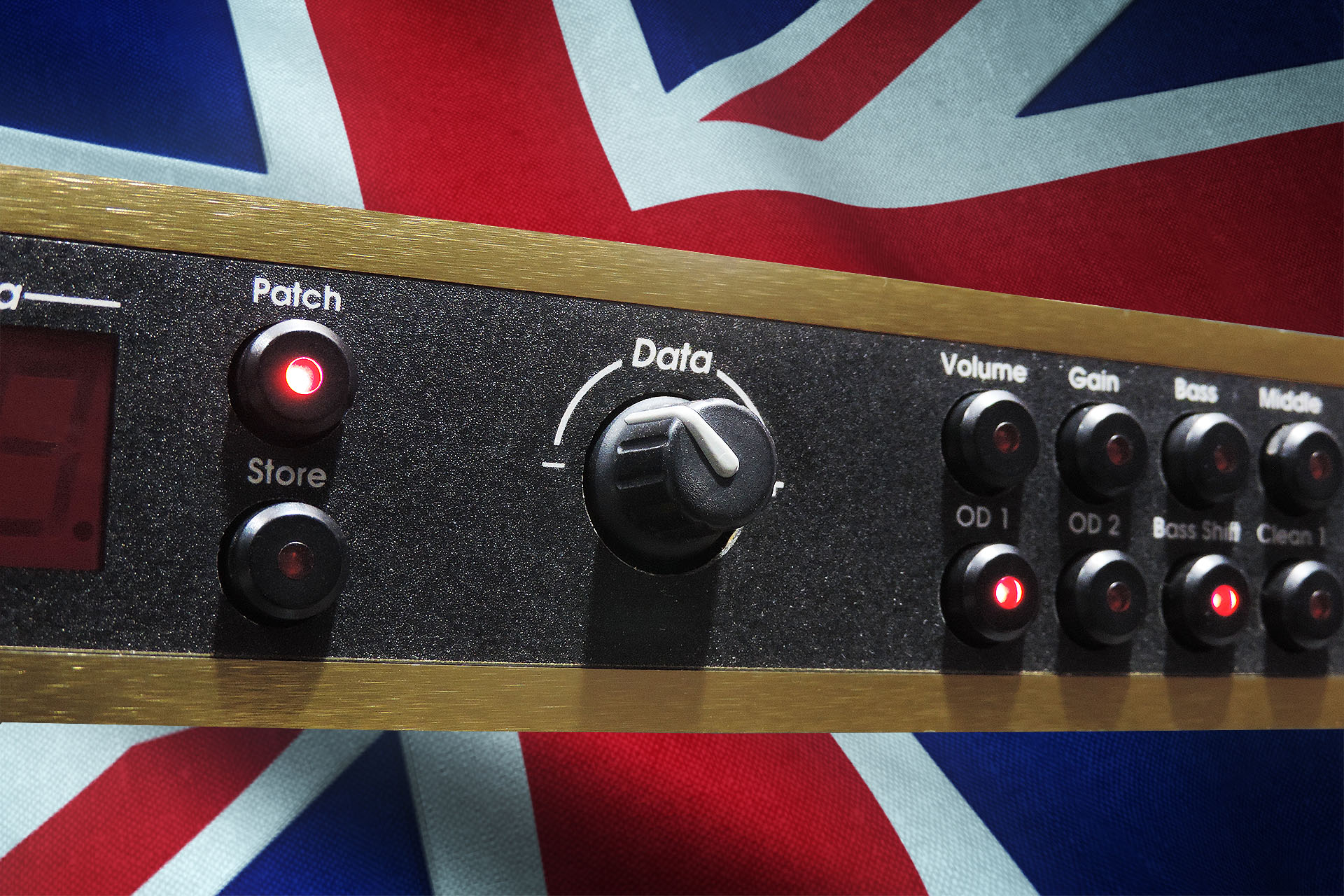
I regularly receive Marshall JMP-1s for service and customers often complain about the skipping or jumping of the data entry control. Cleaning (yeah, right) or even replacing the data encoder, doesn’t always resolve the problem. Hence, I designed the Eclipse Marshall JMP-1 skipping data encoder fix.
Unlike a potentiometer which comprises a wiper that's in constant contact with a resistive track, a data encoder is basically a series of switch contacts with the wiper moving from one contact to the other, as the encoder is turned.
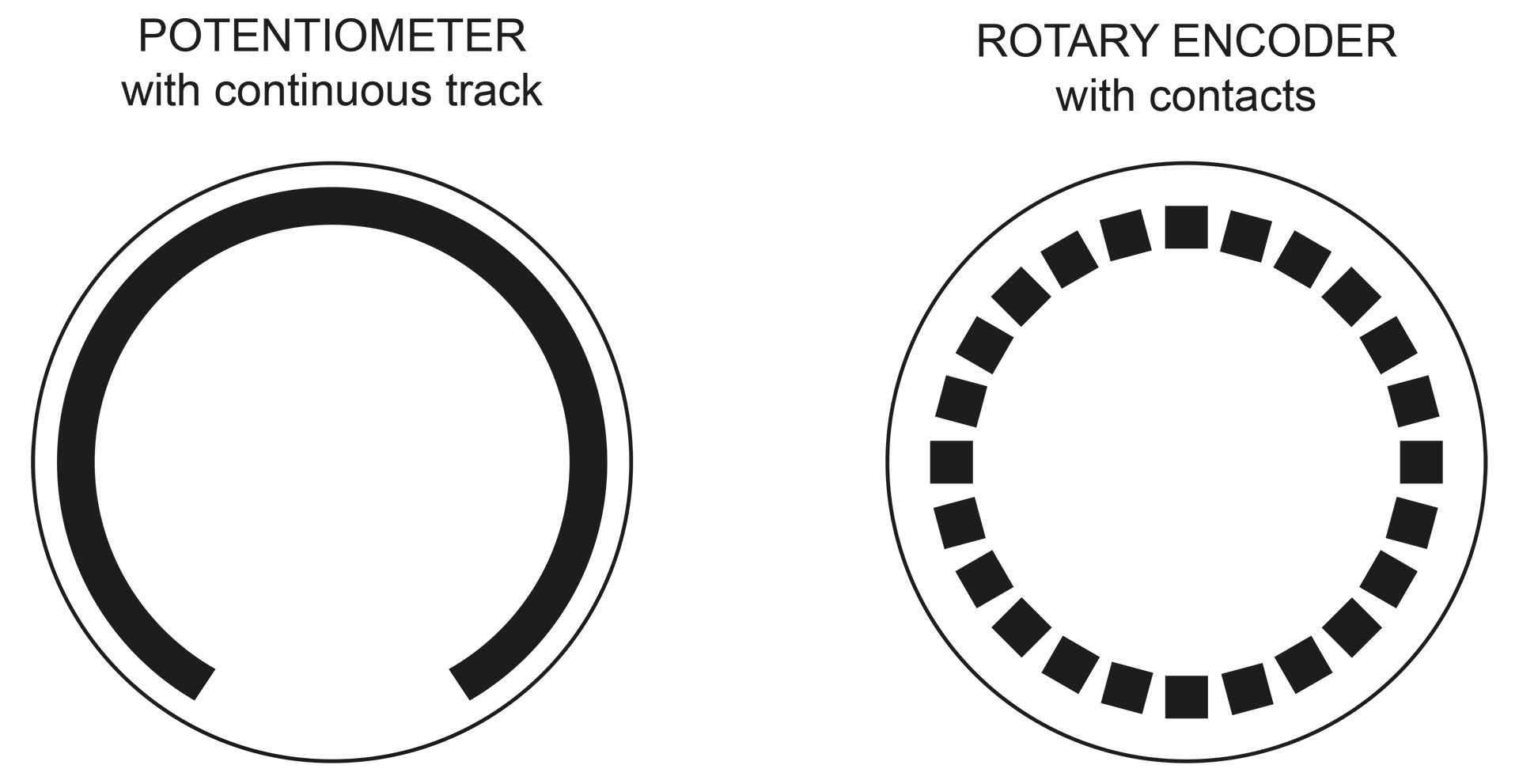
As you may have guessed, this means that there’s a gap between each switch contact (correct) and as the wiper moves, there’s a region of zero contact between the wiper and any switch contact. When the wiper leaves or comes on to a switch contact, the electrical signal can be quite transient and messy, similar to an electrical mains spike that sometimes occurs when switching lights on and off but obviously not as big. This is called contact bounce and if the data from the encoder is going directly into a processor, then it should come as no surprise that the processor just wouldn’t know what to make of it. All it wants to see is noughts and ones at nice regular intervals (a pulse). Modern data encoders are optical and so there's no physical contact between a wiper and a track and hence, no bouncing.
To overcome the problem of bounce on mechanical data encoders, a bounce eliminator (or bounce filter, as it's sometimes referred to) is required to remove the spike, thereby making the signal look more like the regular pulse it's supposed to. What the processor wants to see is kind of ‘underneath’ the spike.
For some crazy reason, Marshall, didn’t incorporate a hardware debounce circuit in the design of the JMP-1. Debouncing can be done in software but generally, designers aren’t keen on this approach. I have no idea if the firmware of the JMP-1 includes debouncing suffice to say that if it does, then it doesn’t work! A hardware solution is always preferred.
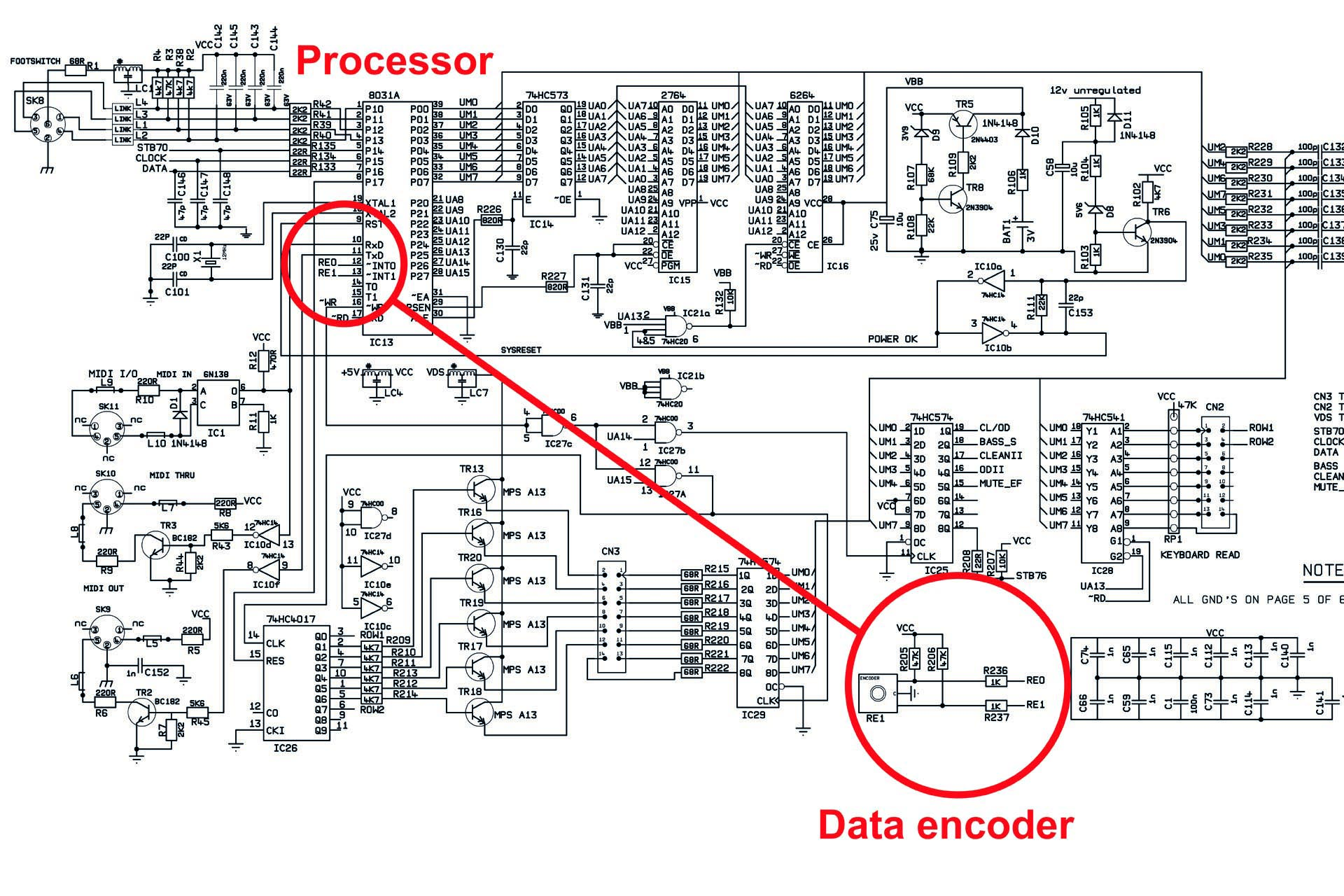
One hardware approach is to use passive filters, a combination of resistors and capacitors but due to the unpredictable nature of bounce, this approach can also be unreliable and so Eclipse uses the preferred third option which is to delay the reading of the signals coming off the encoder, thereby missing the bounce. This is achieved using what are called Schmitt triggers.
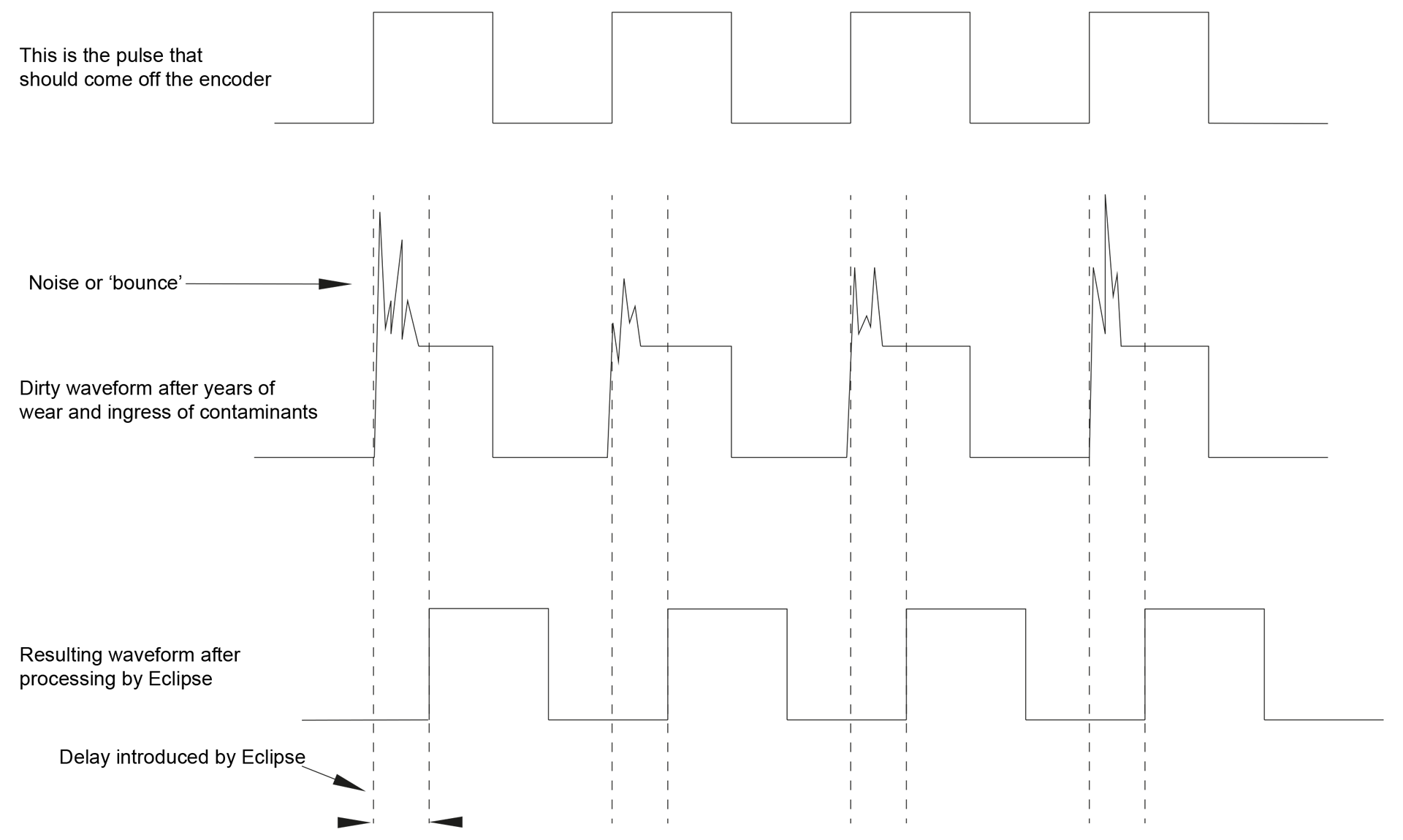
Fundamentally, Eclipse Marshall JMP-1 skipping data encoder fix, is an active bounce eliminator which can be easily fitted between the JMP-1's data encoder and the main PCB and hence, the inputs to the 8031 processor. The data encoder in the JMP-1 is attached to the motherboard via a 3-way Molex connector. Unplugging this connector and plugging it into Eclipse and then plugging Eclipse into the socket where the encoder was originally connected, only leaves one wire to be soldered to a filtered +5V supply point and you're done! You don't have to remove the main board and as mentioned, there's only one solder point to make. Unless you intend to change the rotary data encoder at the same time, you don't even have to remove the front panel. Simple, eh?!? 🙂
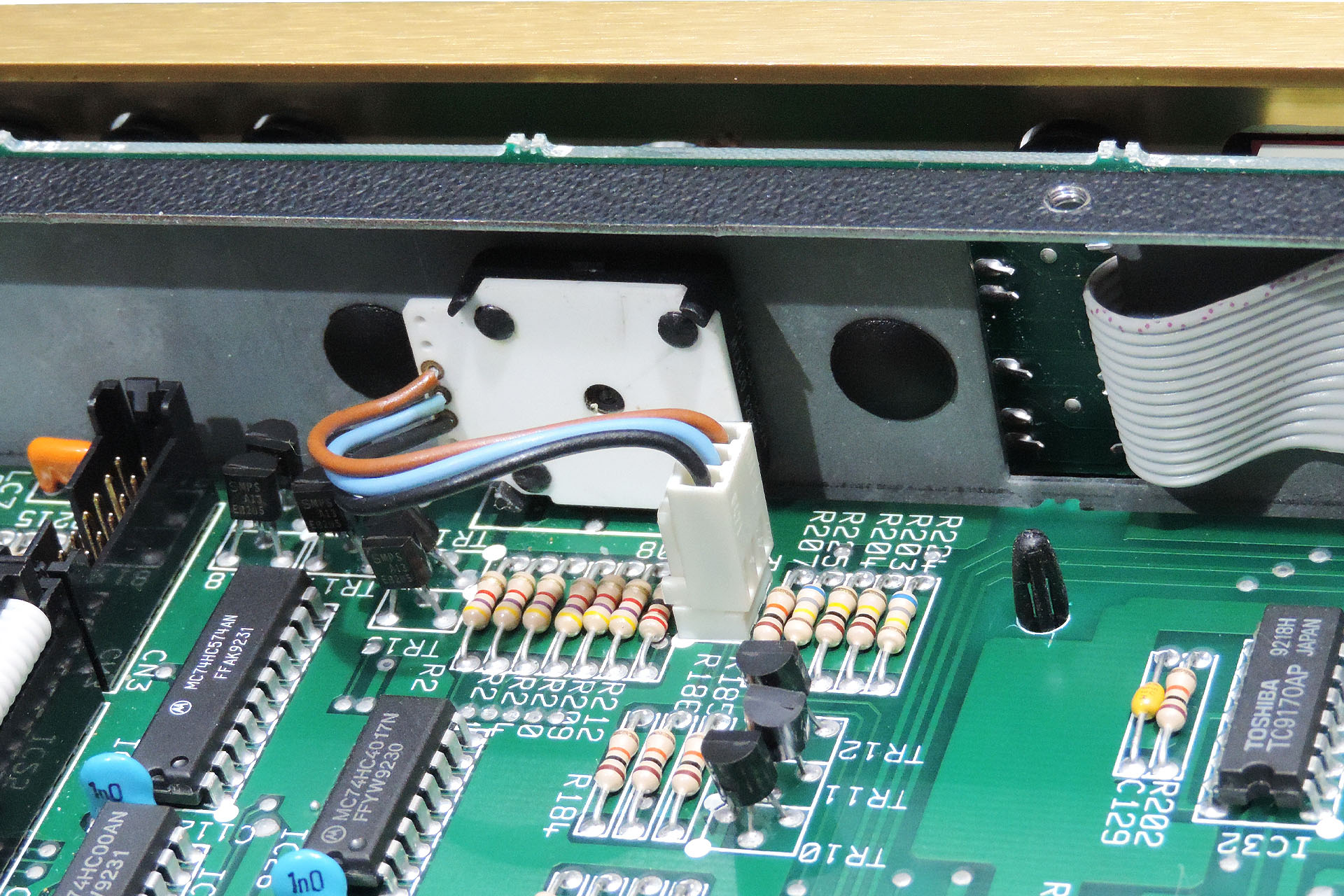
I always seem to have a couple of JMP-1s in for service but just before Christmas 2020, I had one that was of particular interest. The customer mentioned that amongst other things, the data entry control on his JMP-1 was skipping, making it difficult to manually select patches and change parameters. I told him that finding a suitable replacement isn't easy and it sometimes doesn't fix the problem anyway, as the problem isn't actually the encoder but the lack of filtering between the encoder and the processor. Stuart volunteered his JMP-1 to be the guinea pig for Eclipse.
I wanted Eclipse to be easily installable by anyone with a little technical competence but I also wanted it to be as small as possible. In fact Eclipse was originally designed using surface mount devices (SMD) but the build-time was ridiculously long making it just too expensive. With a little ingenuity however, I was able to get full-size components on to the original board size!
So with Eclipse measuring only 37mm x 24mm and weighing just a few grams, I could use self-adhesive nylon PCB spacers, allowing for end-user easy mounting close to where the data encoder connects to the main PCB.
The prototype Eclipse was soak tested in Stuart's JMP-1 all over Christmas 2020 as I put it through its paces, suffice to say, that it all worked like a charm! I'm really happy with this little upgrade. "Simple but brilliant, Mr. Bond".
Eclipse actually worked better than I intended, as it doesn't just solve the data knob skipping problem. It makes the whole thing feel smooth, responsive and accurate, how it should have been in 1992!
Although not as open as a potentiometer, the data encoder isn't hermetically sealed meaning that contaminants can get inside the encoder casing. The ingress of dust and dirt and more importantly, years of wear, won't do you any favours when it comes to skipping and like all electronic components, these data encoders have a limited shelf-life.
THE BAD NEWS
The data encoder that Marshall used in the JMP-1 was discontinued by Bourns, the manufacturer, in 2012 due to the lack of RoHS compliancy and is really difficult to find, now. Bourns did release a RoHS compliant version and I'm not sure why even this is hard to track down.
THE GOOD NEWS
Sometime ago, I did manage to find a bunch of original data encoders as used in the JMP-1 and while I try to source an equivalent part, I'm making Eclipse available with the option to buy a replacement encoder. I strongly suggest that you snap one up while I still have some.
I have pre-wired the data encoders with a 3-way Molex connector so that you don't have to fuff around taking the wires off the original encoder and attaching them to the new one. My wired connections are a little longer than the original, thereby giving you a bit more leeway when it comes to the placement of Eclipse.
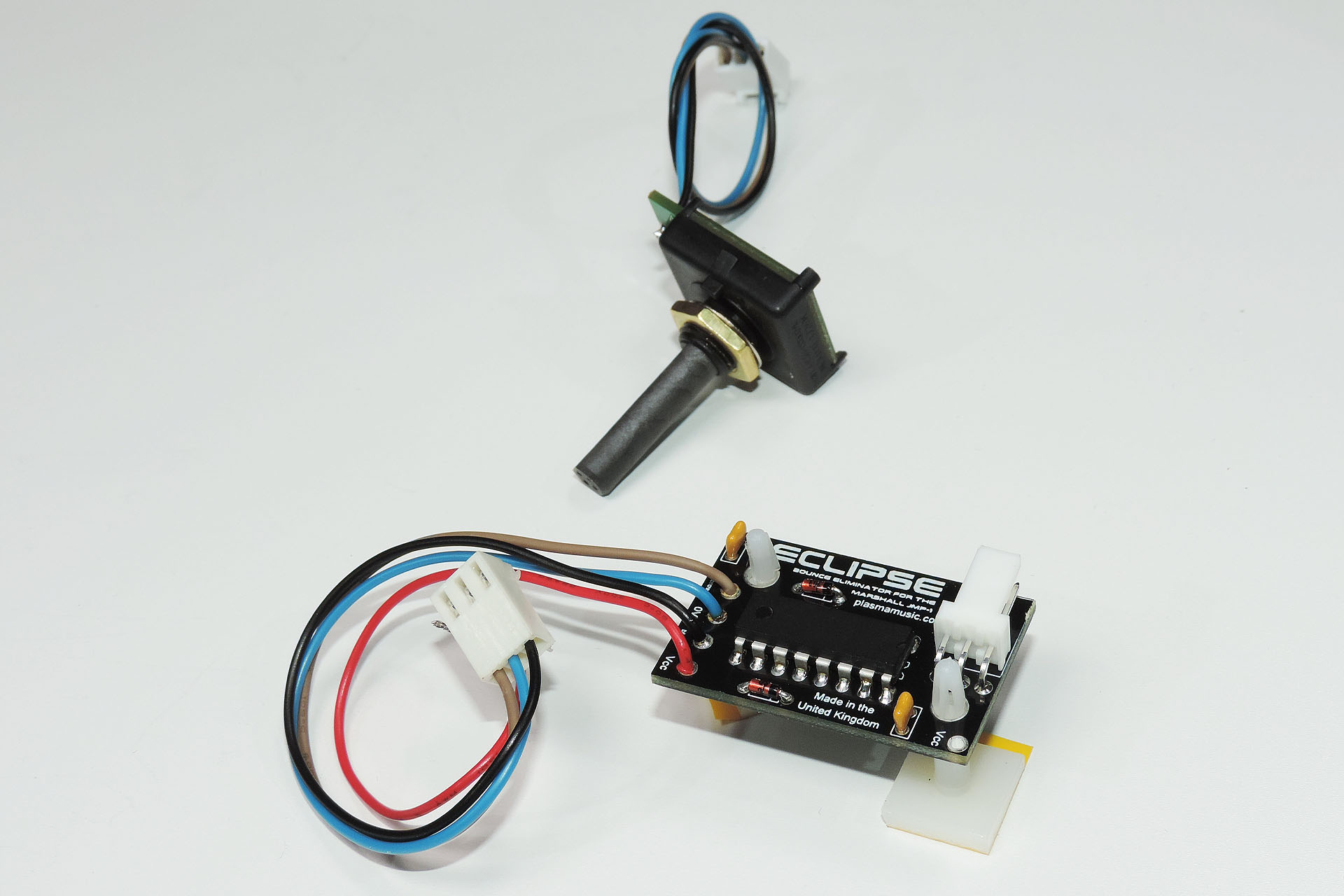
MASSIVE TIP
If your data encoder isn't too bad, if it's just started skipping or jumping, please still consider buying Eclipse WITH a replacement data encoder! Just fit the Eclipse board and keep the data encoder that you bought with Eclipse, in the supplied ESD bag, somewhere safe.
As I've already said, these things have a limited shelf-life so it will wear. Even if your JMP-1 is in a super clean environment, the contacts will degrade. Eclipse will help reduce the effects of wear of your encoder but a point will be reached when it's just going to have to be replaced. These data encoders are getting increasingly more difficult to procure but hey, now you've got a spare! 🙂
Each Eclipse is hand built by me and fully tested on... you guessed it, a Marshall JMP-1, before it gets sent out.
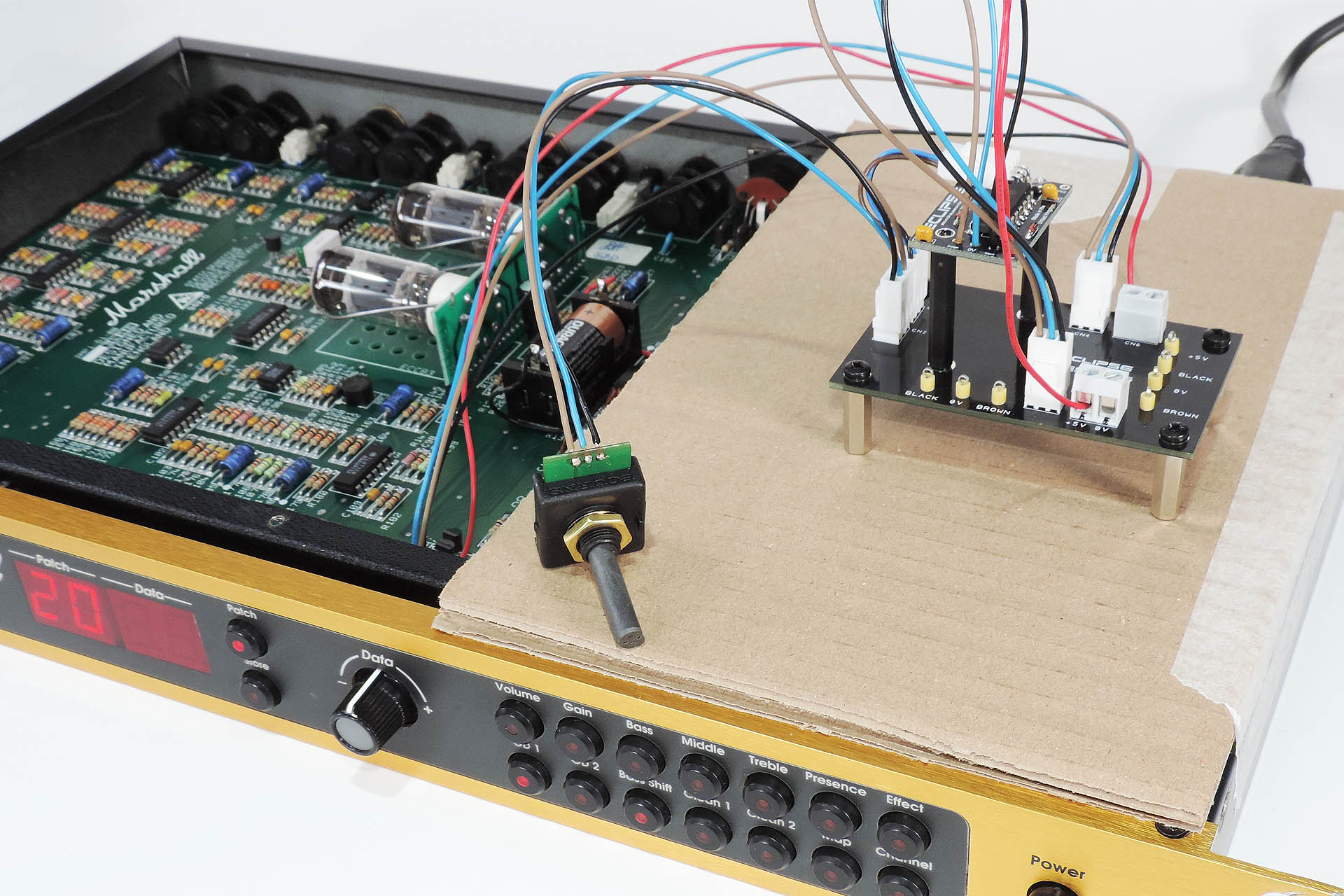
If you're getting really frustrated because your data entry knob is skipping and if you have a little technical competence, then the Eclipse Marshall JMP-1 skipping data encoder fix, should be of interest to you. Please don’t hesitate to contact me to learn more or alternatively, you can just...
There's not too much out there resource-wise about the JMP-1 but these links might be of interest:
- http://www.waxer.nl/index.php/2015/12/marshall-jmp-1-preamp/
- https://www.facebook.com/themarshalljmp1
UPDATE - 7th May 2021
It's coming up to three months (where has the time gone) since I launched Eclipse and I just want to say a big THANK YOU to all those who have bought it and specifically for all the very kind-worded e-mails that I've received.
Designing a product to resolve an issue on a vintage piece of equipment is a challenge. For a start, the market you are aiming for, is constantly shrinking as there are of course, no more JMP-1s being made. So, you're not doing it for the money, right? In fact the reasons you do it are because you love what you do and have empathy for owners of the equipment.
Once designed and tested, an installation manual needs to be written and again, THANK YOU so much for all the compliments I've received regarding that bit of hard work. I'm so glad that everyone has found the installation manual comprehensive and easy to follow, making Eclipse a breeze to install. 🙂
Here's a heads-up, everyone; I have two more products coming out for the Marshall JMP-1, some time over the next few weeks, so stay tuned!!!! HINT: If you have a dead Marshall JMP-1 with a blown transformer, DO NOT THROW IT AWAY. 😀
UPDATE - 23rd June 2021
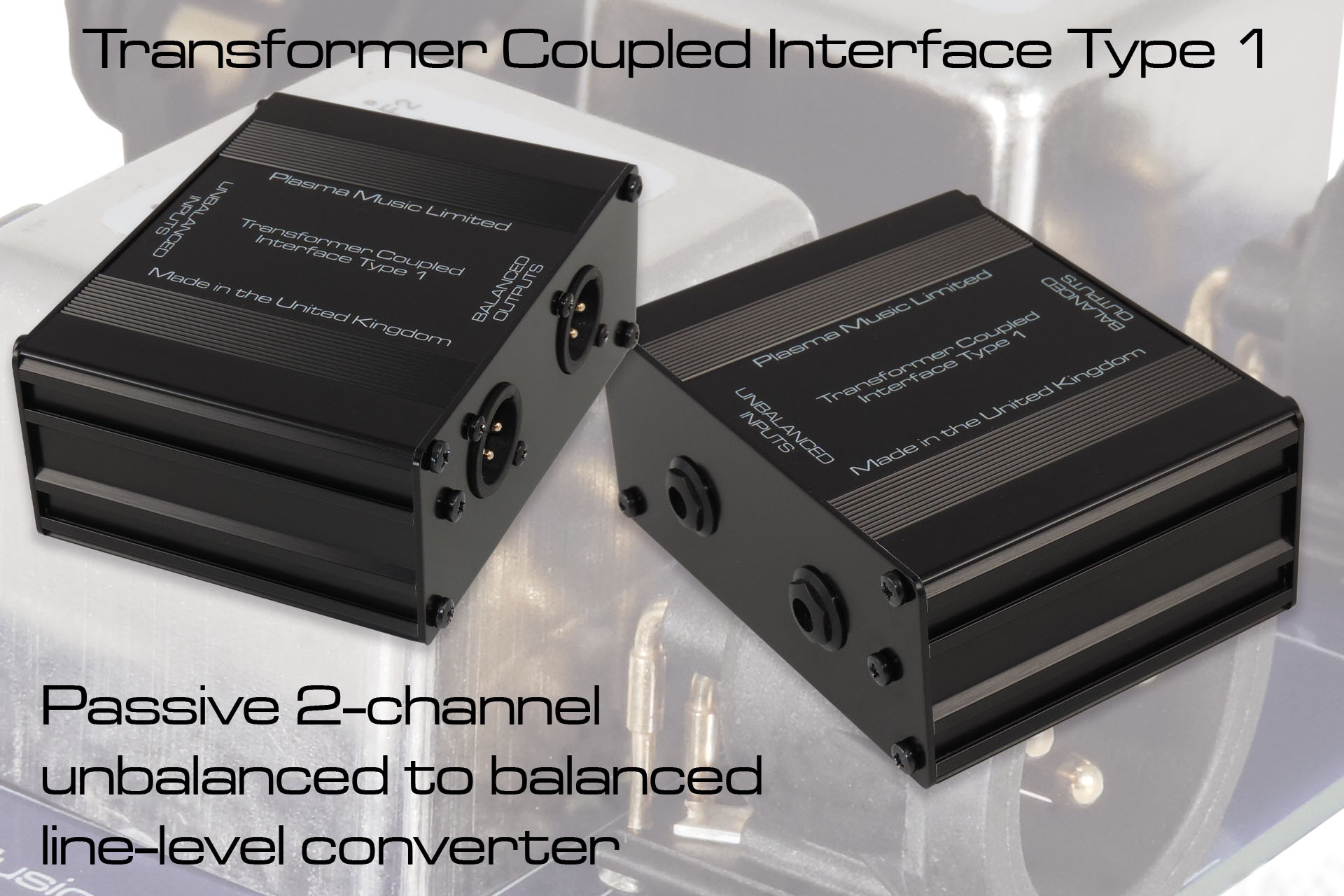
So here's the first product which will help you squeeze the best out of your Marshall JMP-1; it's my Transformer Coupled Interface (TCI for short) Type 1.
TCI Type 1 is a passive 2-channel line-level unbalanced to balanced converter which will allow you to properly interface your JMP-1 with your recording set-up.
Just plug in whatever outputs you use from your JMP-1 (direct or speaker emulated) using short jack-to-jacks and then plug the XLRs into your mixing desk or DAW recording interface. Oh and don't forget to set the output level switches on the back of the JMP-1 to +4dBm!
You can read all about my TCI Type 1, here or you can check it out in my on-line store, here.
UPDATE - 21st September 2021
At last!!!! 😀 My PML TX-01 replacement and upgraded transformer for the Marshall JMP-1 is finally here!
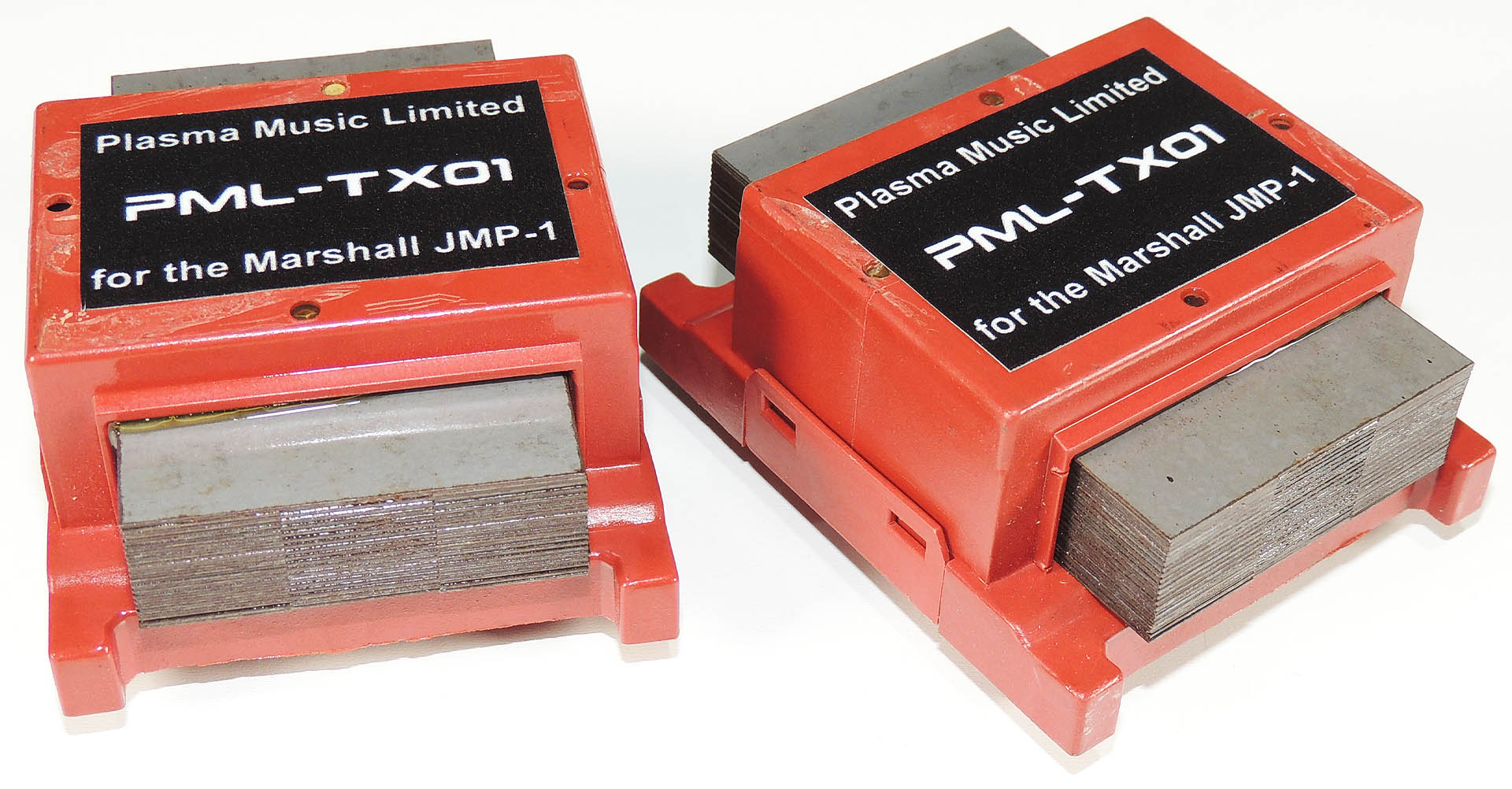
UPDATE - 22nd July 2023
I often get asked about the memory back-up battery in the Marshall JMP-1 and with soldered batteries not really being in fashion anymore, replacements are difficult to get hold of. I therefore decided to knock up a small PCB that mounts into the original battery location but which has a CR2032 clip. This allows for easy battery changing with a standard (you guessed it) CR2032. Measuring the voltage on the battery is a little easier, too. 🙂
UPDATE - 9th February 2024
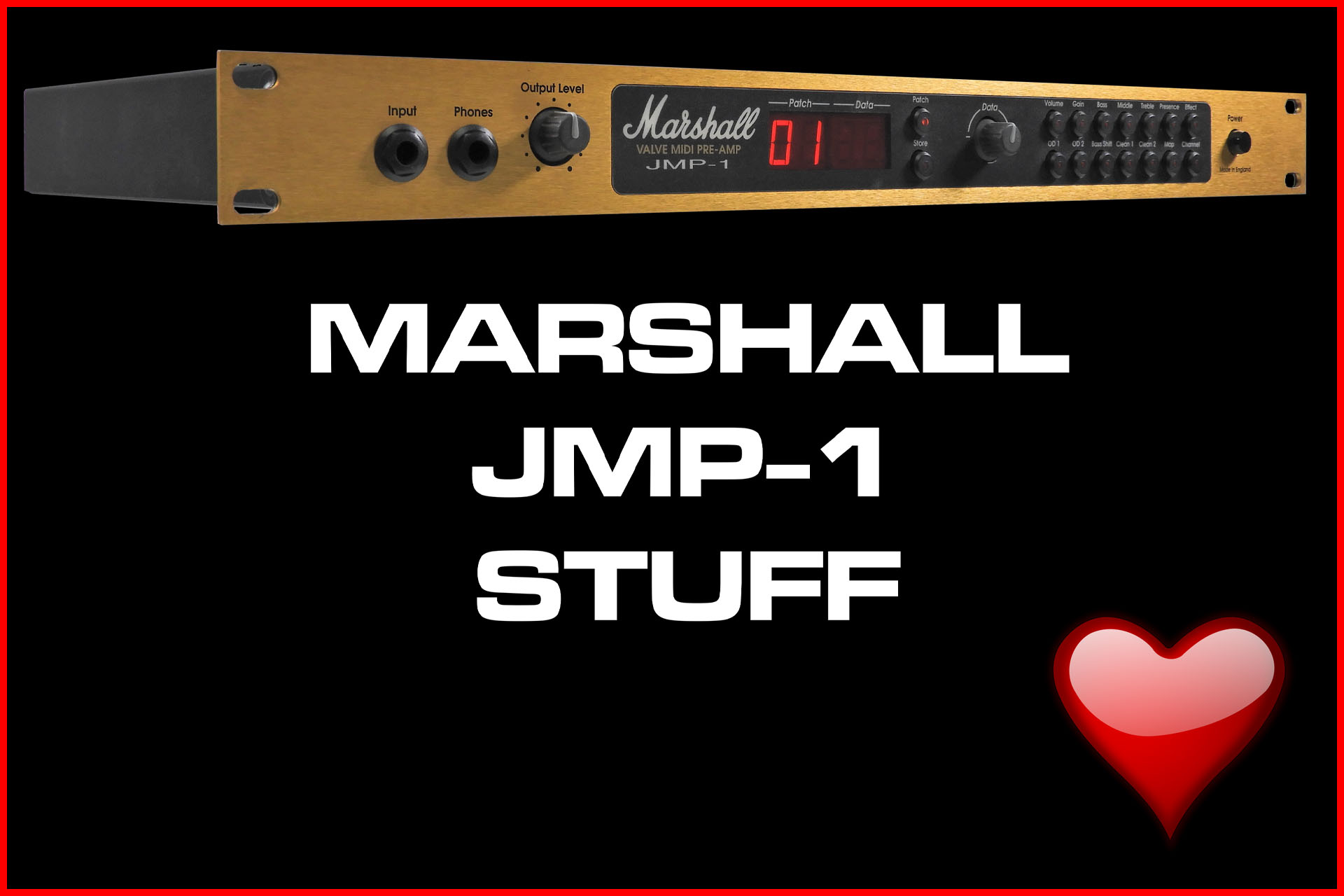
With so many bits 'n' pieces available for the JMP-1 and always thinking of new stuff to make for our favourite MIDI valve pre-map, I decided to make a category just for the Marshall JMP-1 in my on-line store. You can check it out here.
Marshall JMP-1 Service
Marshall JMP-1 Needs Attention
Eclipse Marshall JMP-1 Data Encoder Fix
Marshall JMP-1 Nuts, Knobs and Bezels
PML-TX01 replacement transformer for the Marshall JMP-1
CR2031 battery adapter for Marshall JMP-1
RE-JMP-1 replacement rack-ear reinforcement brackets
Screw Kit for the Marshall JMP-1
Oracle Battery Eliminator for the Marshall JMP-1
 I'm deeply concerned about the environment and the exploitation of labour and so I always use local manufacturers in preference to the Far East, with the following in mind:
I'm deeply concerned about the environment and the exploitation of labour and so I always use local manufacturers in preference to the Far East, with the following in mind:
- I can be confident that workers are treated fairly and earn a proper wage.
- I can be confident of the standard of quality of each item that is delivered to me.
- Communication is important and using local manufacturers, all correspondence is quick and understandable.
- I believe in supporting the local economy.
- I can be confident that the disposal of manufacturing waste is managed properly and in accordance with national and EU law.
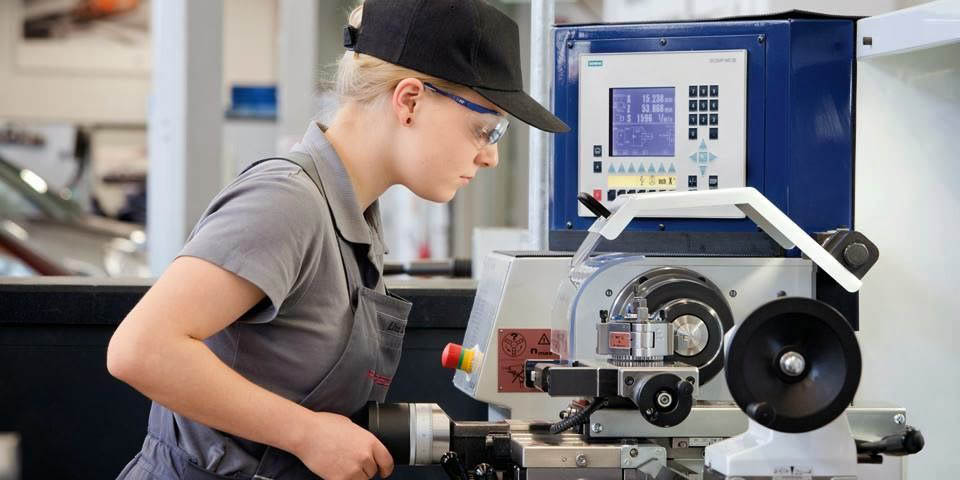 Using local manufacturers isn’t the cheapest option but the above points are important to me. I hope that they’re important to you too.
Using local manufacturers isn’t the cheapest option but the above points are important to me. I hope that they’re important to you too.


